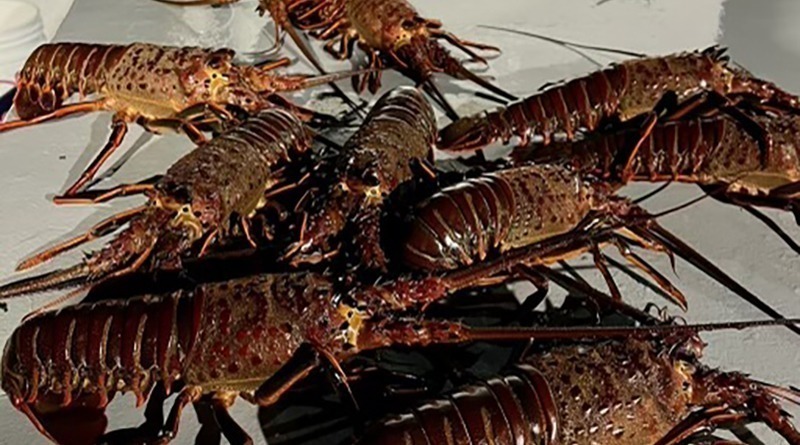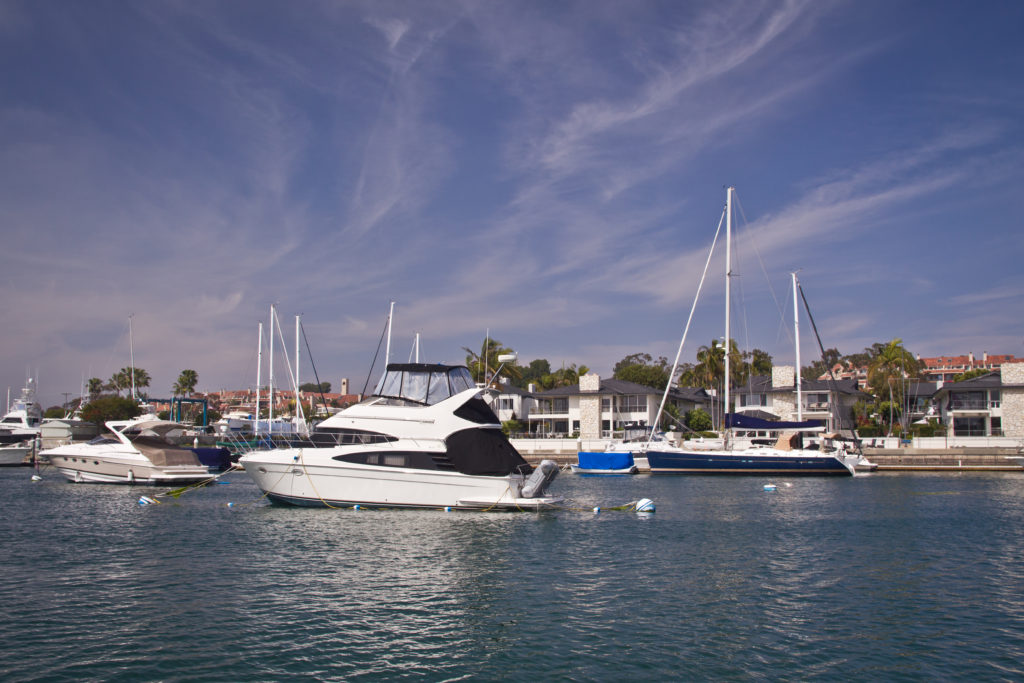Did you know there’s a simple, hands-on way you — yes, you — could help protect fish populations every time you go out on the water? It’s called carcass tagging, and it’s part of one of the longest-running fish tracking efforts in the world: NOAA’s Cooperative Tagging Center. Since 1954, this pioneering program has turned thousands of anglers, charter captains, and commercial fishermen into citizen scientists. But while it may sound high-tech or exclusive, the process is surprisingly accessible — and it’s making a real difference.
The idea is straightforward. When a fish is caught and released, a tag is attached that contains a unique identification number. That number links the fish to a record containing data — like where and when it was caught, how big it was, and by whom. If the fish is ever caught again — what scientists call a “recapture” — the new data helps build a timeline of that fish’s journey. This allows researchers to track movements, estimate lifespan, understand seasonal migrations, and even detect behavioral patterns and survival rates after release.
The data collected feeds directly into sustainable fishery management. Tagging provides critical information for federal stock assessments and plays a major role in defining...







